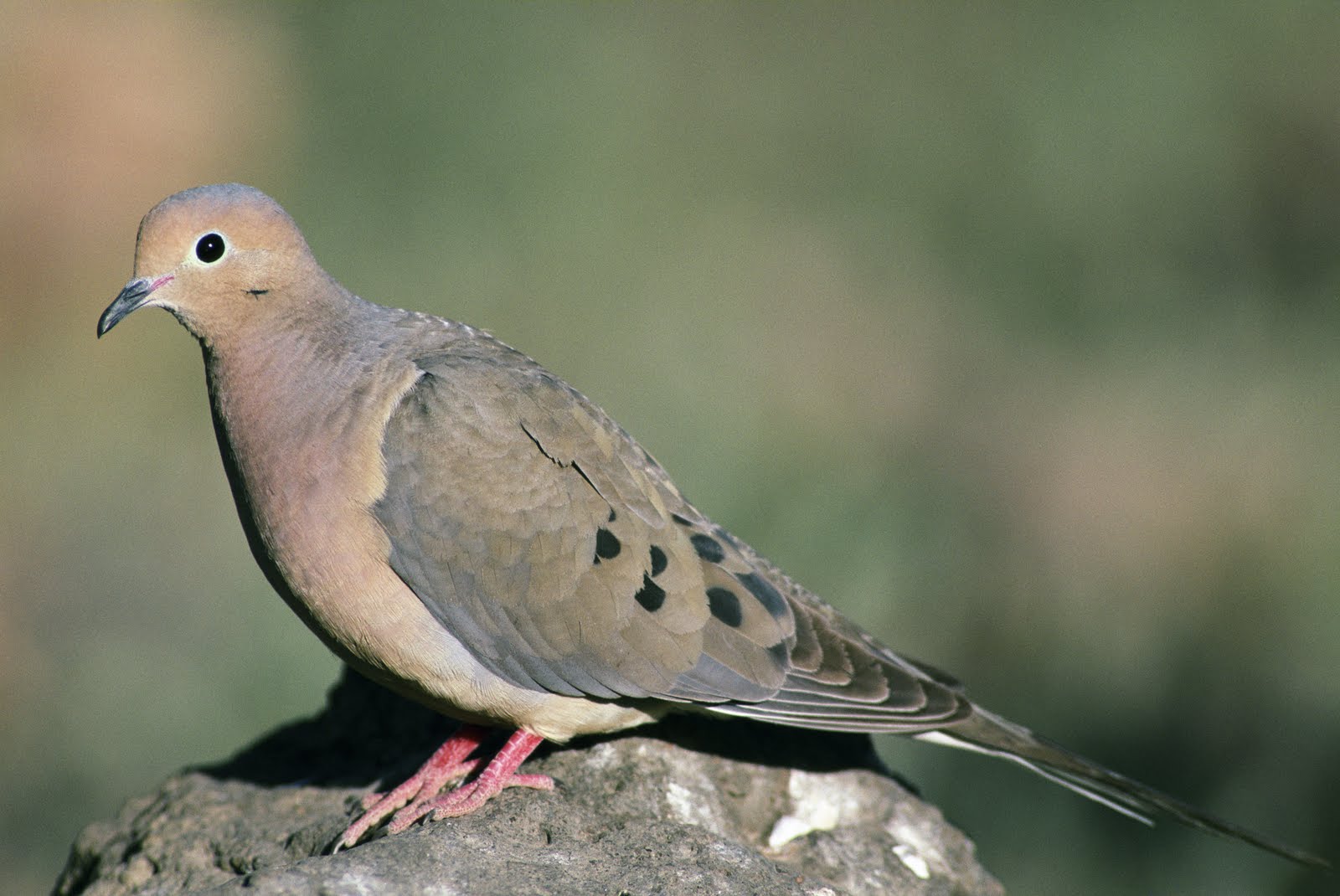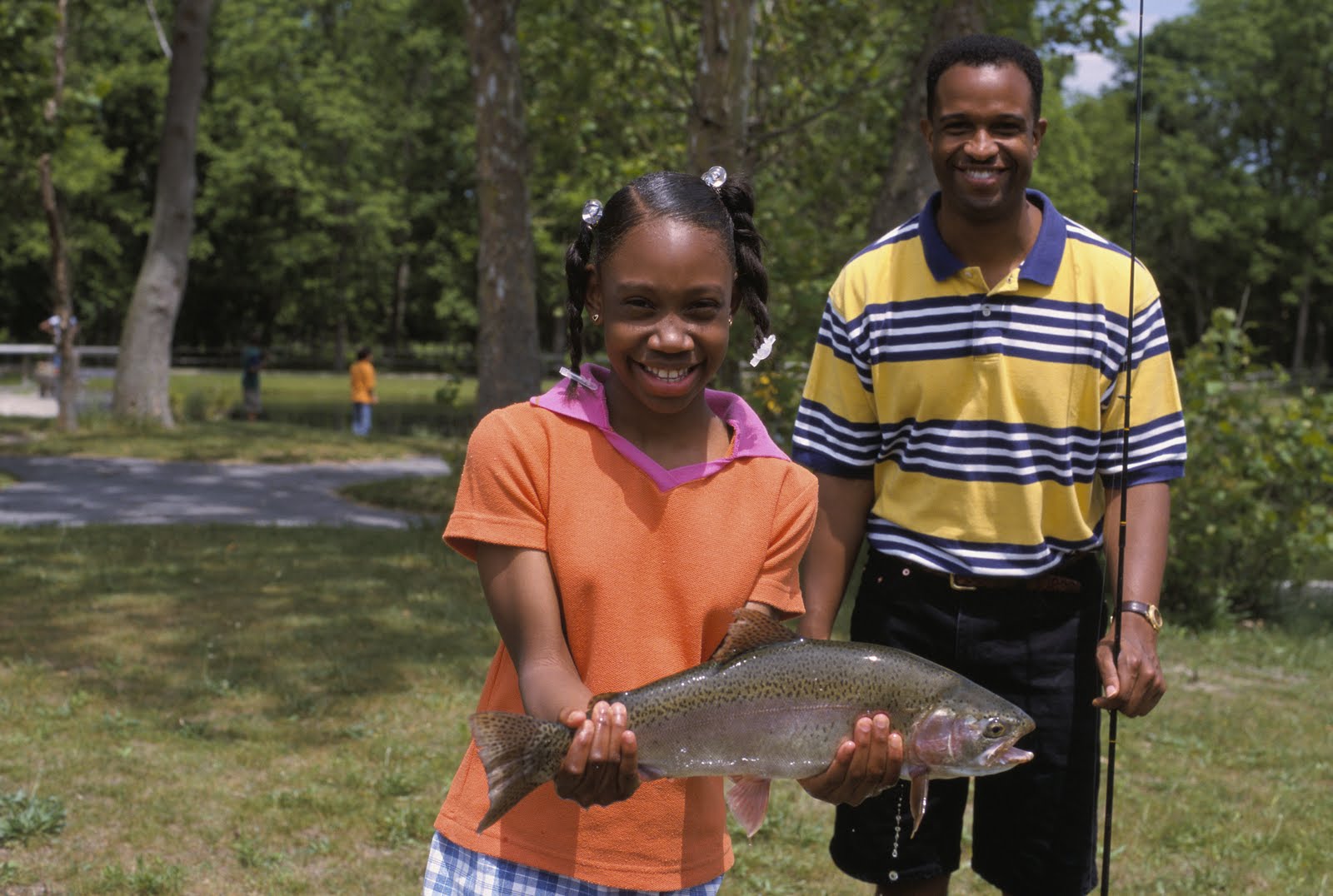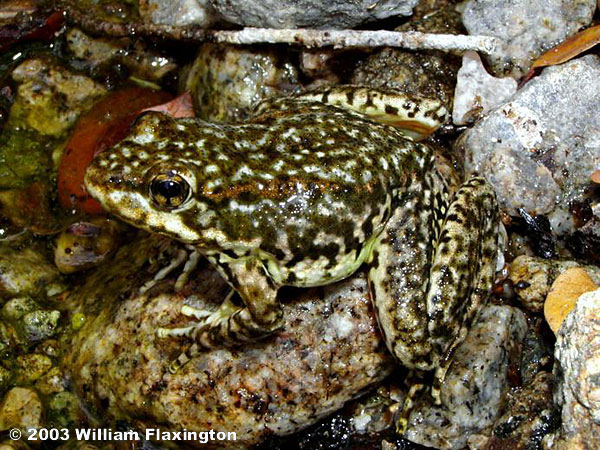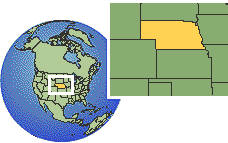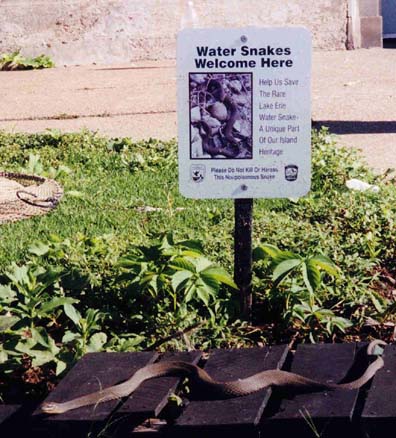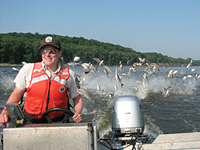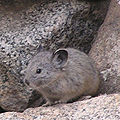 A paper in the current issue of the journal Science says that the distribution of many plants and animals has shifted toward the poles or to higher elevations because of climate change. But what is really interesting is that the meta-analysis of other papers on changes in species distribution shows that plants and fish are moving north and up at the same rate as birds and insects. (There wasn’t much data from the southern hemisphere.)
A paper in the current issue of the journal Science says that the distribution of many plants and animals has shifted toward the poles or to higher elevations because of climate change. But what is really interesting is that the meta-analysis of other papers on changes in species distribution shows that plants and fish are moving north and up at the same rate as birds and insects. (There wasn’t much data from the southern hemisphere.)
That’s because species aren’t actually moving, the paper says. They are reproducing less at the hotter edges of their ranges and more at the cooler. They are moving at the rate of reproduction, not at the rate they can flee. Also, they found certain species within groups are moving much faster or slower than the group as a whole. So one species of butterfly may have shifted its distribution drastically, while another species has stayed put.
Media accounts are using the distribution of specific species, such as pika moving to higher elevations, to show the paper’s findings, but no specific species are mentioned (although a study of mammal distribution in Yosemite is mentioned in the supporting materials).
Read the paper in Science here (subscription or payment required).
Read the description of the work in Science Now here.
The journal Nature weighs in on its blog too.
Even if the predictions in the paper aren’t helpful for your work, the story is getting widespread coverage, and given the polarization in the US over climate change, there is sure to be a lot of chatter.
General media accounts:
USA Today
New York Times blog
Toronto Star
Washington Post
Another Science paper on the implications of climate change has also been getting a lot of press, and we’ll take a look at that on Monday.
Photo:
 A new type of wildlife tracking collar, using technology similar to a smart phone’s, will allow biologists and other wildlife managers access to the most intimate details of an animal’s life. However, the article quickly goes beyond the benefit this collar would be for wildlife research, and into the realm of managing human-animal interactions.
A new type of wildlife tracking collar, using technology similar to a smart phone’s, will allow biologists and other wildlife managers access to the most intimate details of an animal’s life. However, the article quickly goes beyond the benefit this collar would be for wildlife research, and into the realm of managing human-animal interactions. 

